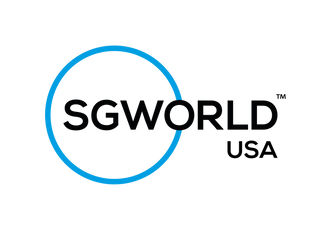
It’s obviously good practice for a forklift operator to know what they’re doing but there’s is of course regulation addressing management responsibilities too. In the event of an accident, one of the things an investigation will look at is whether a supervisor has enough training and knowledge to recognize safe and unsafe practices.
The Regulations
The underpinning OSHA requirement comes for the 1910 standard
Training
A supervisor doesn’t need to know exactly how to use each type of Material Handling Equipment (MHE), such as a forklift, to the same level that an operator does. However, they should know enough to recognize what’s right and wrong, or what is safe and unsafe. This means that in addition to understanding and providing driver training, a supervisor needs the right training to understand the risks and give them the confidence to challenge situations if things don't feel right or aren’t being done correctly.
Record Keeping
It’s also essential that a supervisor has the knowledge to implement best practice in forklift truck operations and related activities such as equipment pre-use inspections.
This links to another important responsibility – the surrounding paperwork and administrative duties. For example, records of training, certificates of Basic training, Authorizations to Operate, pre-use inspection records and Records of Thorough Inspection must all be maintained correctly in order to demonstrate compliance in the event of an incident.
A pre-use inspection system which is highly visible and transparent will quickly flag any issues to a supervisor. It should also evidence a regular pre-use inspection routine covering a defined safety checklist appropriate to a forklift or other piece of MHE.
Management responsibilities in summary
If you look at the root causes of an accident even if a forklift driver is directly at fault, there’s a good chance that there was something their supervisor could have (and maybe should have) checked or spotted beforehand. But, if that supervisor hadn’t received adequate training or support on what to look out for, then there’s a strong argument for the liability going up the chain of command.
The number of company directors and senior managers cited has risen significantly in recent years, the message from OSHA is strong and clear: safety violations will be taken very seriously and no one is above the law.
Like this blog? Check these out:
Making Sure Vehicles, Machinery and Equipment is Safe is Harder Than it Looks!
Bucket Truck Inspection Checklists. What should you do...
How the Empire Company Built Safety Culture by Making Sure Forklift Inspections Happen Every Shift
Do your safety checklists happen every time? No? Check this out!
Scissor Lift Safety Inspection Checklists - The Why
Forklift Truck Pre-Shift Inspections: Meeting the OSHA Standard
Why Construction Loves SG World USA's Safety Checklist Solution
Getting the Best Out of your Pre-Use Inspection Checklist - Beyond the Checklist




